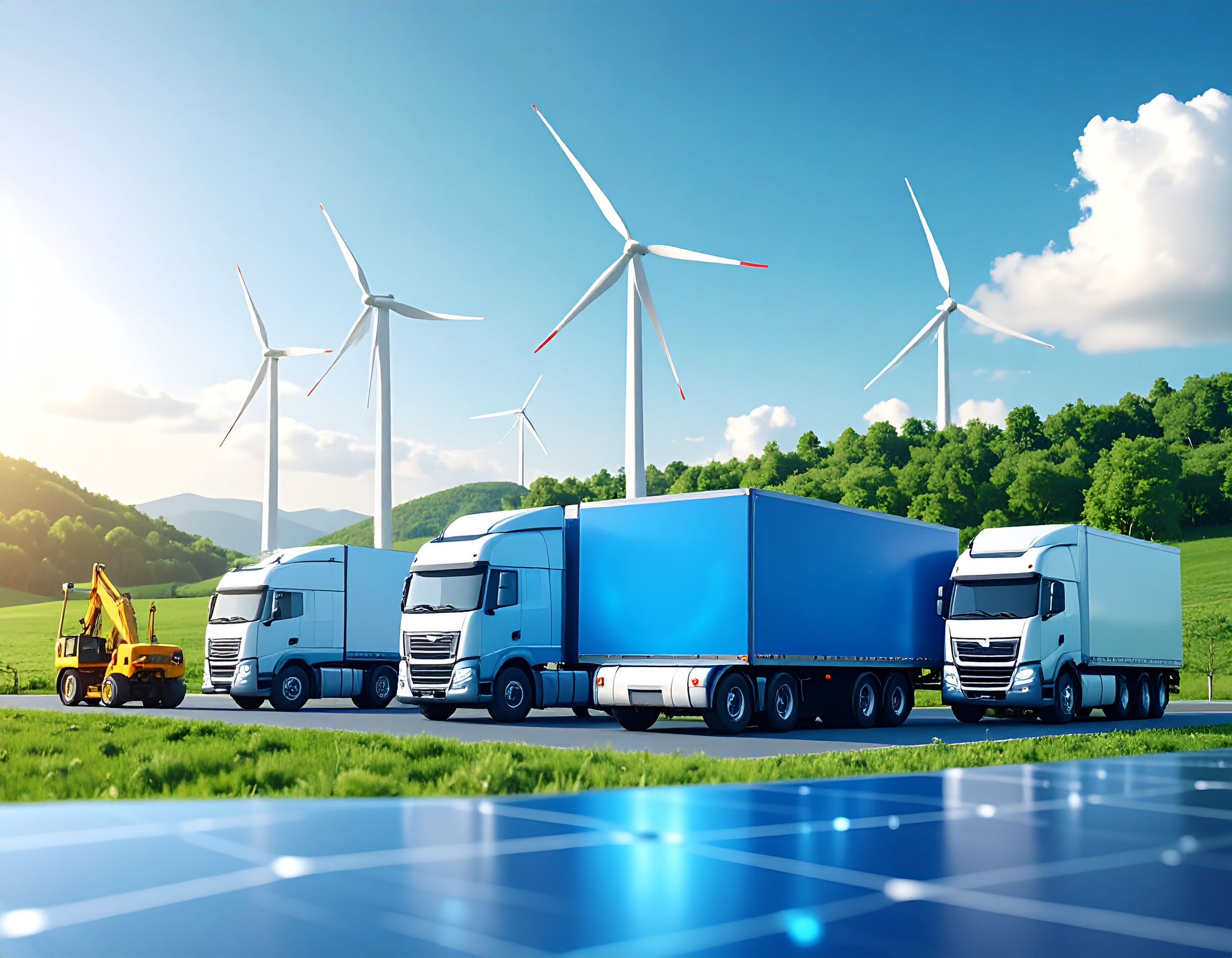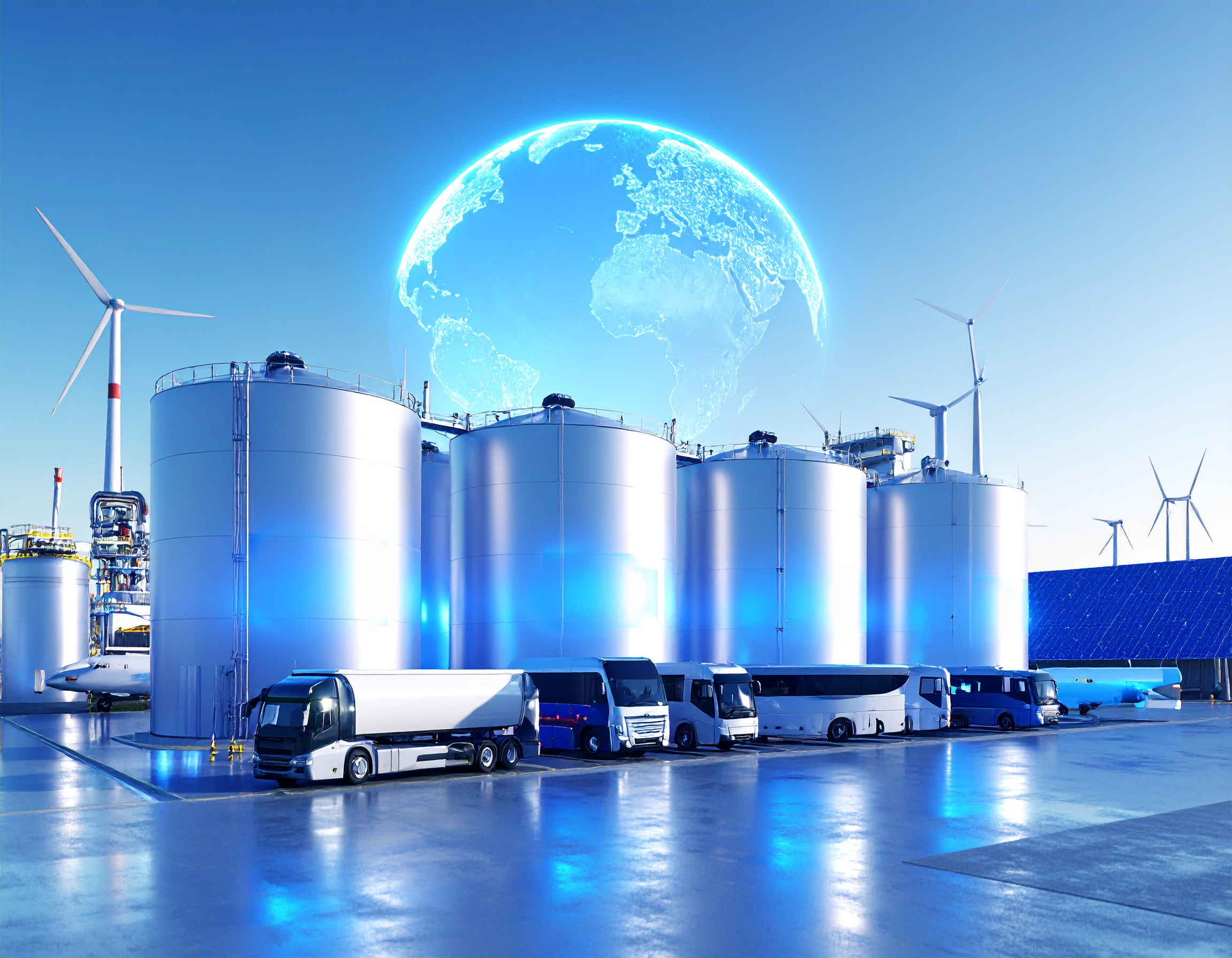Green Hydrogen Setback Threatens Emissions Targets and Energy Transition Goals

Recent developments in the green hydrogen sector reveal a significant retreat by developers worldwide, casting doubt on the industry’s ability to meet ambitious climate and emissions targets. Projects are being cancelled or scaled back, and investments trimmed, signalling that reliance on fossil fuels may extend longer than anticipated.
Despite early optimism, green hydrogen—produced through electrolysis powered by renewable energy—faces steep challenges, especially in hard-to-electrify sectors like steelmaking and long-distance transport. These industries, once hailed as prime candidates for green hydrogen adoption, now find the transition prohibitively expensive.
Research from Westwood Global Energy highlights a stark gap between ambition and reality, particularly in Europe. Only around 20% of planned hydrogen projects across the European Union are expected to be operational by 2030, delivering approximately 12 gigawatts (GW) of production capacity against the EU’s target of 40 GW. “In the current state, I really don’t see the EU 2030 hydrogen production target being reached,” says Jun Sasamura, Hydrogen Manager at Westwood.
The industry’s “valley of disillusionment” is driven by high costs and weak demand. Miguel Stilwell d’Andrade, CEO of Portuguese energy company EDP, stresses the critical issue: “What’s missing is the demand. Despite €400 million in subsidies for hydrogen in Spain and Portugal, we need buyers to move forward.” Without committed customers, projects across Europe and beyond—including Iberdrola’s green hydrogen plant expansion in Spain—are on hold.
Cost remains a major barrier. Green hydrogen production costs are currently three times higher than natural gas for power generation and double that of grey hydrogen, which is derived from fossil fuels. Minh Khoi Le, Head of Hydrogen Research at Rystad Energy, estimates costs may fall 30-40% over the next decade with scaling and technology improvements, but competitiveness is still years away.
Demand from industries such as steel, oil refining, and heavy transport has yet to materialise. German die forging firm Dirostahl highlights the price disparity: green hydrogen costs upwards of €150 per megawatt hour (MWh), compared to natural gas at €30-35/MWh. CEO Roman Diederichs notes, “It simply doesn’t work. We would be completely uncompetitive.”
Infrastructure challenges compound the issue. Hydrogen storage and transport require specialised high-pressure and low-temperature facilities, with many projects facing delays. Spain’s ambitious 2,600 km hydrogen pipeline network, aiming for 2030 operation, may face two- to three-year setbacks.
As governments recalibrate, several countries have reduced hydrogen ambitions or funding. Italy redirected over €600 million from hydrogen to biomethane, France cut its 2030 electrolysis target by over 30%, and the Netherlands shifted funds from hydrogen projects to nuclear energy.
This reset underscores the urgent need for aligned policy frameworks, infrastructure investment, and market development to unlock green hydrogen’s full potential in the global energy transition.

